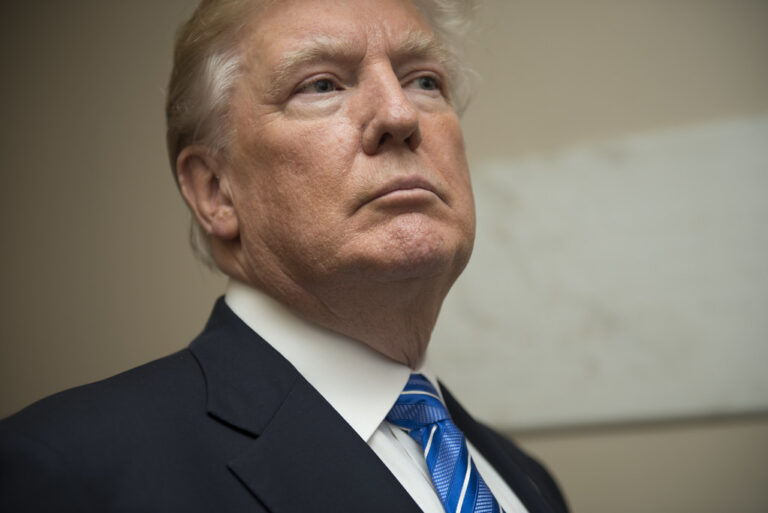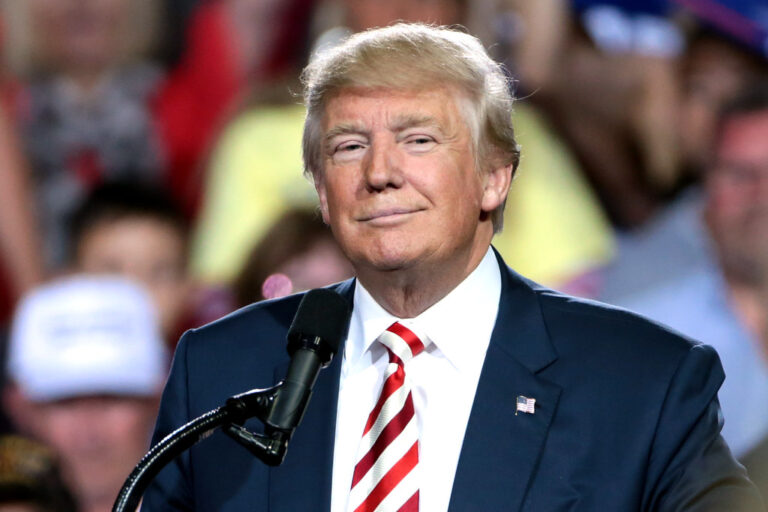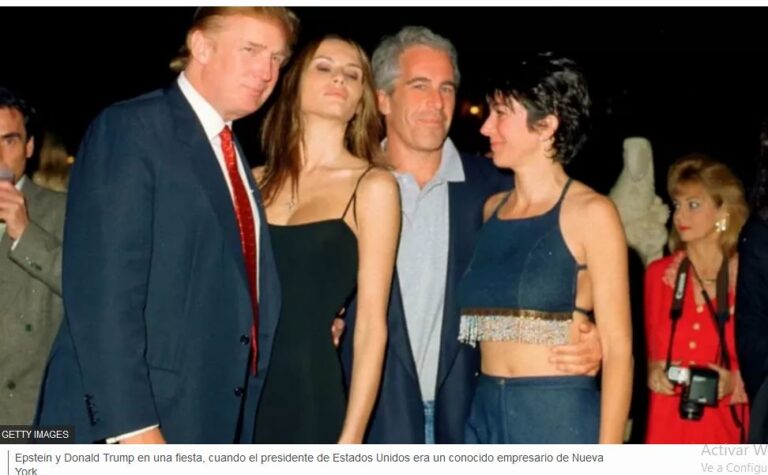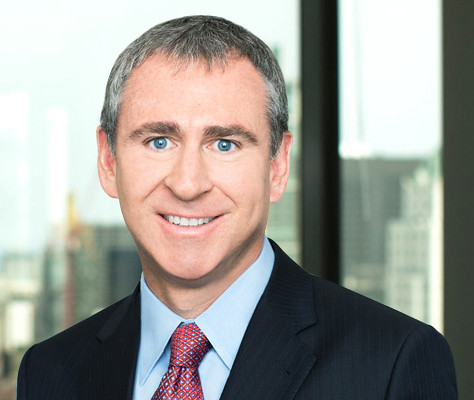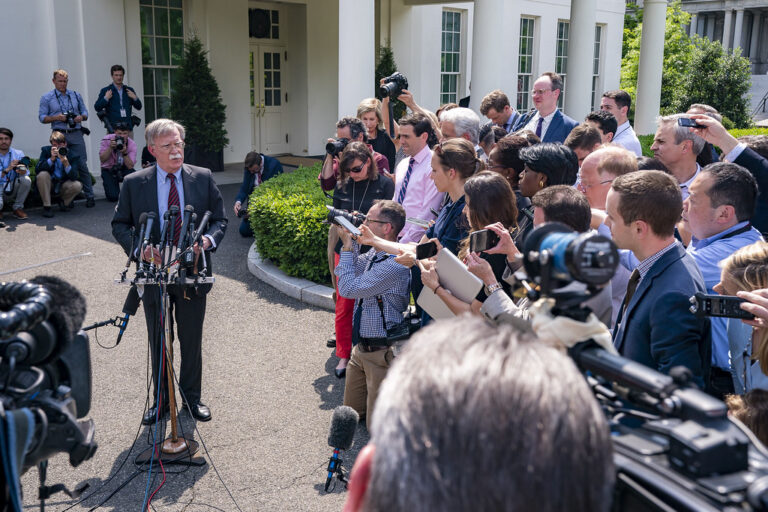Key Takeaways
• A far-right pastor urged white parents to teach their kids to fear Black strangers.
• He claimed “The Talk” must include warnings about certain people and places.
• Experts warn these views stem from Christian nationalism and white supremacist ideas.
• This message can harm children’s trust and fuel racial division.
• Communities can counter hate by teaching inclusion and critical thinking.
What Joel Webbon Said
Pastor Joel Webbon spoke at a gathering of Christian nationalist followers. He told white parents to give their kids “The Talk.” Unlike the usual advice on safety, his version targets Black strangers. He said parents must warn their children that Black crowds pose “30 times more danger” than white crowds. He claimed parents who teach kids to love all races are lying and endangering lives.
Understanding Christian Nationalism
Christian nationalism blends religious ideas with politics. It says the United States should follow a strict version of Biblical law. Furthermore, it teaches that only a specific group of Christians truly belong. This movement often links to white supremacist beliefs. Therefore, it pushes the idea that some races deserve more rights.
At its core, Christian nationalism wants believers to control schools, media, and government. It calls this goal the Seven Mountains Mandate. However, critics say this plan breaches the law that separates church and state. In recent years, Christian nationalism has grown more visible. Some political ads and even government videos have echoed its messages.
Why Parents Should Be Concerned
Joel Webbon’s speech shows how dangerous Christian nationalism can be for families. First, it teaches children to fear rather than to question biases. Second, it feeds them unproven and harmful claims about race. For example, Webbon said Black strangers are inherently more violent. Yet no reliable data backs his claim.
Moreover, telling kids to avoid certain parts of town or certain people undermines community trust. It creates an “us versus them” mindset. Children may grow up viewing neighbors as threats instead of friends. Over time, this fear can lead to social isolation and hate.
How This Affects Communities
When Christian nationalism spreads, it can harm entire neighborhoods. Fear and mistrust replace cooperation and friendship. People who hold these views may refuse to help neighbors in need. They might also oppose policies that protect vulnerable groups.
Additionally, such teaching can spark real-world violence. History shows that dehumanizing messages often lead to hate crimes. If unchecked, fear-based ideas can tear communities apart. Children who learn these ideas early are more likely to carry them into adulthood.
What You Can Do
Educators and parents can stand up to hate by teaching kids critical thinking and empathy. Here are some steps:
• Encourage questions. Let children ask why and seek real facts.
• Share stories from diverse voices. Books and movies about different cultures build respect.
• Model kindness. Show kids how to treat everyone with respect, regardless of race.
• Correct false claims. If someone uses fear-based language, offer truthful alternatives.
• Get involved locally. Support community events that bring people of all backgrounds together.
Meanwhile, faith leaders can speak out against Christian nationalism’s extreme views. They can emphasize that love and compassion lie at the heart of most religious teachings. In doing so, they protect both faith and community unity.
Moving Forward
Addressing fear means fostering trust. Schools and faith groups can host open forums on race and inclusion. In these safe spaces, families share experiences and learn from each other. Over time, simple conversations can break down stereotypes.
Furthermore, social media platforms must monitor hate speech. When false claims about race spread online, they fuel movements like Christian nationalism. By flagging harmful content, platforms help reduce its influence.
Ultimately, the best defense is ongoing dialogue. Parents who talk honestly with their children build resilience to fear-based messages. Plus, they show that questioning authority can lead to truth.
Frequently Asked Questions
Why do experts call it Christian nationalism?
Experts use the term to describe a political movement that blends strict religious ideas with government power. It goes beyond personal faith and pushes for laws based on one group’s beliefs.
How can parents teach kids without spreading fear?
Parents can focus on facts and empathy. They should explain that people are individuals, not threats. Sharing real stories and promoting kindness helps children learn respect.
Can communities fight back against fear-based messages?
Yes. Communities can host cultural events, discussion panels, and reading groups. These activities build connections across different backgrounds and reduce division.
What role do schools play in countering these ideas?
Schools can offer lessons on media literacy and critical thinking. They can also teach the history of civil rights and the harm of stereotyping. This training helps students spot and reject hate.


